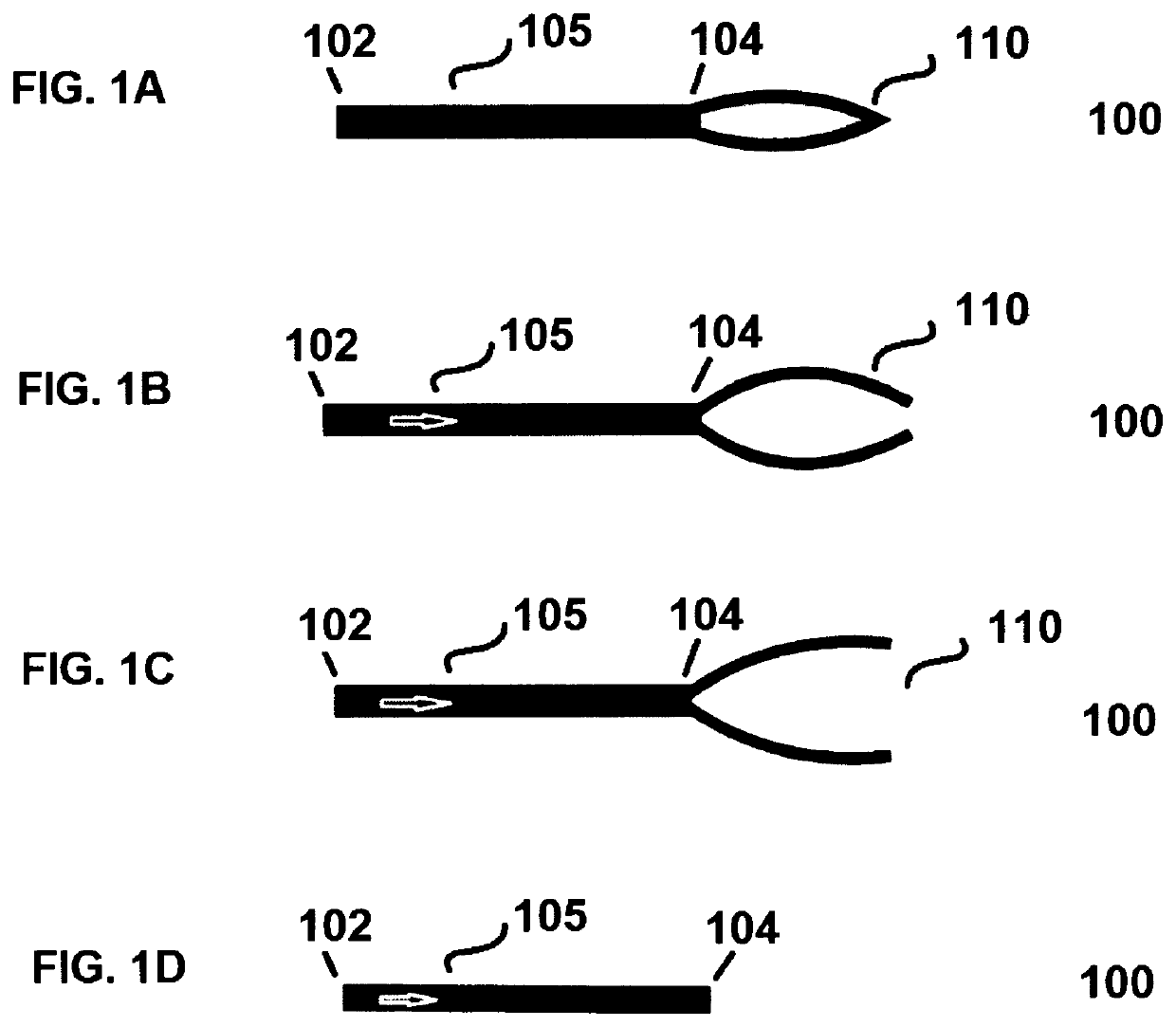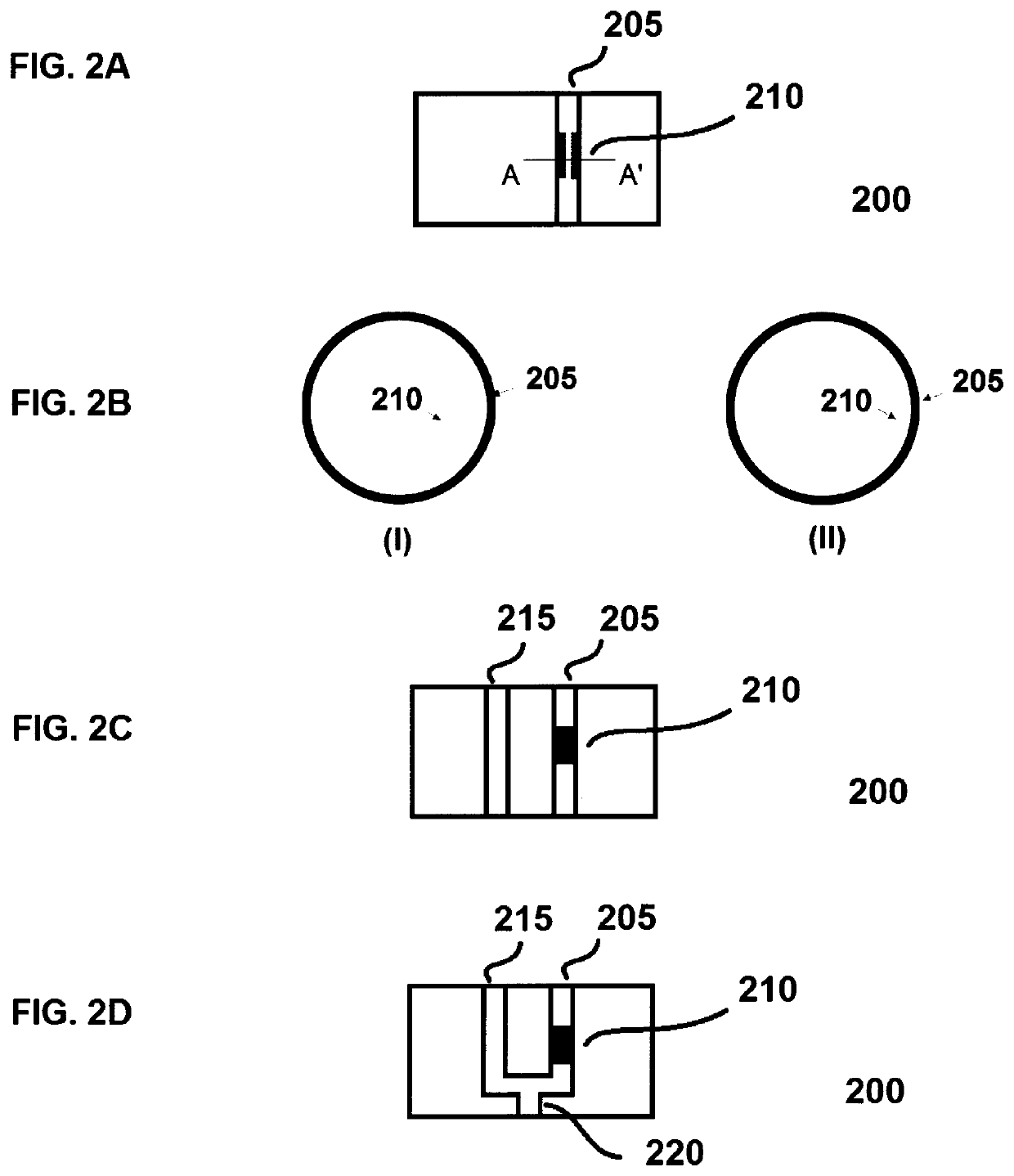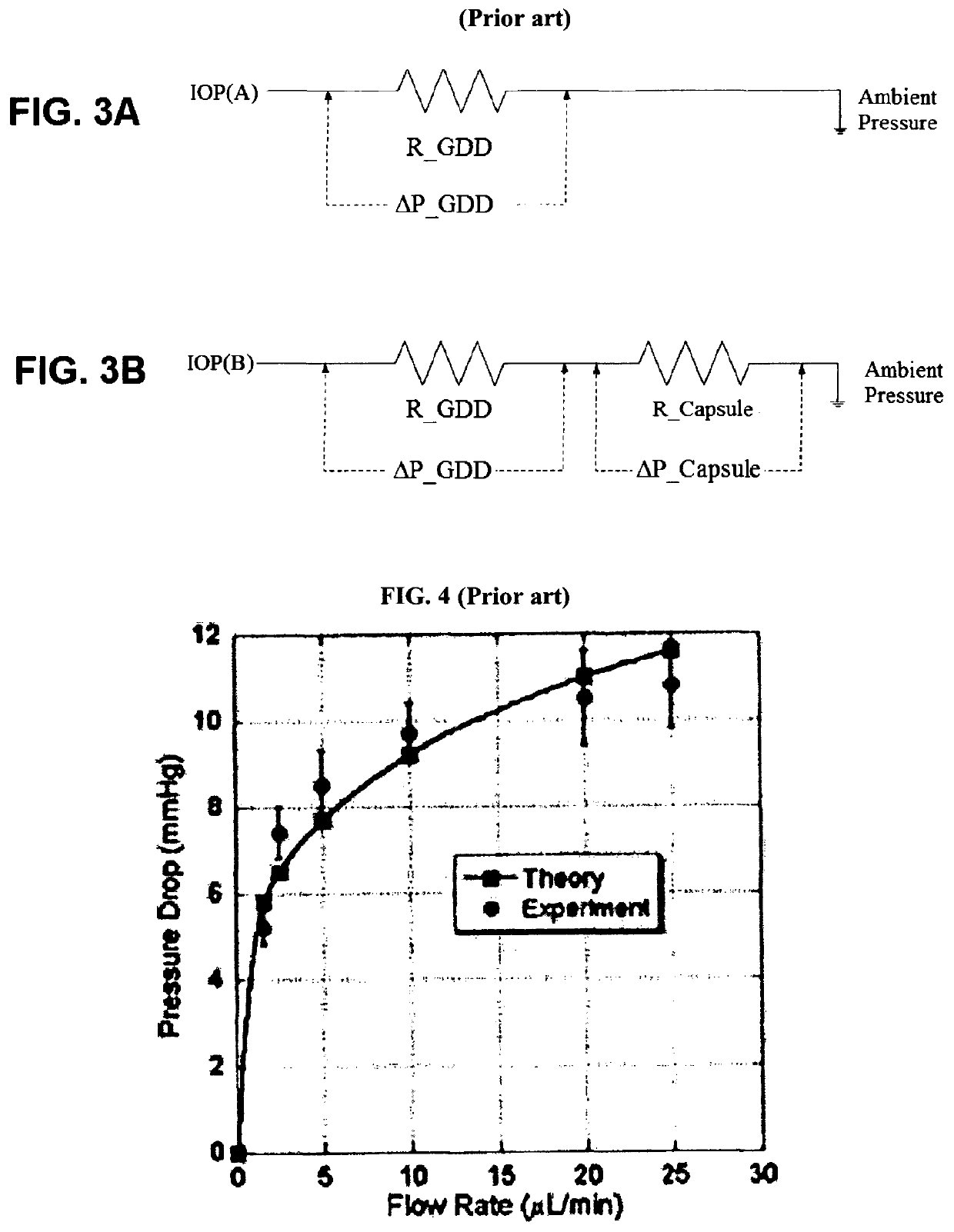Glaucoma valve, a casing for containing a glaucoma valve, and a glaucoma drainage device comprising the valve and/or the casing
a technology for glaucoma and drainage devices, which is applied in the field of glaucoma valves, casings for containing glaucoma valves, and drainage devices for glaucoma drainage devices comprising valves and/or casings, and can solve problems such as inability to reverse visual function loss, pressure in the eye may increase, and restricted blood flow to optic nerves and other parts of the ey
- Summary
- Abstract
- Description
- Claims
- Application Information
AI Technical Summary
Problems solved by technology
Method used
Image
Examples
example 1
[0073]Poly(ε-caprolactone) (PCL) and polylactide (PLA) are examples of biodegradable polymers with different degradation and mechanical behavior. A group of complex copolymers (PCL-PLA)-b-(PLA-PCL) have been synthesized in the lab, with about 30% of PCL in the first block and about 30% of PLA in the second block (denoted herein as “First Group”). The targeted weight average molecular weight is 20 K for each of the two blocks. The copolymers formed have a Young's modulus of about 10 MPa.
[0074]A second group of PCL and PLA copolymers were formed with a different molecular weight to test its suitability to be used as the glaucoma valve (denoted herein as “Second Group”). The polymer is (PCL-PLA)-b(PLA-PCL), containing about 30% of PCL in the first block and about 30% of PLA in the second block. The targeted weight average molecular weight is 40 K for each of the two blocks. The polymer was dissolved in tetrahydrofuran (THF) and film casted. The film thickness is about 170 μm.
example 2
[0075]The copolymers were soaked in phosphate buffered saline (PBS) at 37° C. FIG. 7 is a graph showing the loss of molecular weight of the “Second Group” PCL-PLA copolymer. Referring to the graph, Mn denotes the number average molecular weight of the copolymers, and Mw denotes the weight average molecular weight of the copolymers. As can be seen from the figure, there was a 22% drop in Mn and 32% drop in Mw in the first three weeks of soaking.
[0076]FIG. 8 is a graph showing the swelling and weight loss of the “Second Group” PCL-PLA copolymer. As can be seen from the graph, there was about 20% weight loss observed in the first six weeks.
[0077]As can be seen from the results obtained, the rate of reduction of the molecular weight of the PCL-PLA copolymer suggests that it is suitable for use as a biodegradable polymer in various aspects of the present invention.
example 3
Flow Measurement
[0078]A PCL-PLA copolymer is used to form a valve member with a thickness of about 100 μm of a glaucoma valve according to the first aspect of the invention. The pressure drop at a given flow rate of a GDD comprising the glaucoma valve is measured using de-ionized water and results are plotted in FIG. 10. FIG. 10 is a graph showing pressure drop of the GDD against flow rate. As shown from the figures, the pressure drop increases non-linearly with an increase in flow rate and the pressure drop at 2.5 ul / min is about 8 mmHg.
PUM
| Property | Measurement | Unit |
|---|---|---|
| Young's modulus | aaaaa | aaaaa |
| elongation to break | aaaaa | aaaaa |
| pressure | aaaaa | aaaaa |
Abstract
Description
Claims
Application Information
 Login to View More
Login to View More - R&D
- Intellectual Property
- Life Sciences
- Materials
- Tech Scout
- Unparalleled Data Quality
- Higher Quality Content
- 60% Fewer Hallucinations
Browse by: Latest US Patents, China's latest patents, Technical Efficacy Thesaurus, Application Domain, Technology Topic, Popular Technical Reports.
© 2025 PatSnap. All rights reserved.Legal|Privacy policy|Modern Slavery Act Transparency Statement|Sitemap|About US| Contact US: help@patsnap.com



